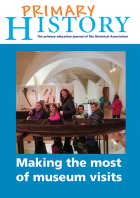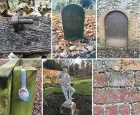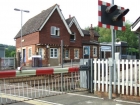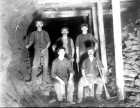Outside the classroom
Working outside the classroom environment gives younger children lots of experiences to develop their understanding. For example a simple walk around the local streets supports their growing understanding of old/new and local history. Experiencing contrasting spaces, for example a castle or cathedral helps them to begin to explore similarities and differences. Visiting historic sites or museums will encourage their language development and communication skills as well as give a context to these discussions.
-

The wheels (and horses…) on the bus
ArticleClick to view -

Primary History summer resource 2022: Museum visits
ArticleClick to view -

How a history club can work for you and your pupils
ArticleClick to view -

Scheme of work: Local history – the story of our High Street
ArticleClick to view -

Emerging historians in the outdoors
ArticleClick to view -

Castles: distinguishing fact and fiction in the early years curriculum
ArticleClick to view -

One of my favourite history places: Bournville
ArticleClick to view -

History outside the classroom at Key Stage 1
ArticleClick to view -

‘Not again!’ - an additional viewpoint on using railways
ArticleClick to view -

One of my favourite history places: Mount Fitchet Castle
ArticleClick to view -

Using the back cover image: Mummified cat
ArticleClick to view -

Local history and a sense of identity
ArticleClick to view -

Learning about the past through toys and games
ArticleClick to view -

Using the back cover image: Oxford Street in the 1960s
ArticleClick to view -

TREE-mendous history!
ArticleClick to view -

From Home to the Front: World War I
ArticleClick to view -

The 2014 History National Curriculum: how to get the best from heritage
ArticleClick to view -

War memorials as a local history resource
ArticleClick to view -

Curriculum planning: How to write a new scheme of work for history
ArticleClick to view -

The Early Years Foundation Stage Curriculum
ArticleClick to view

